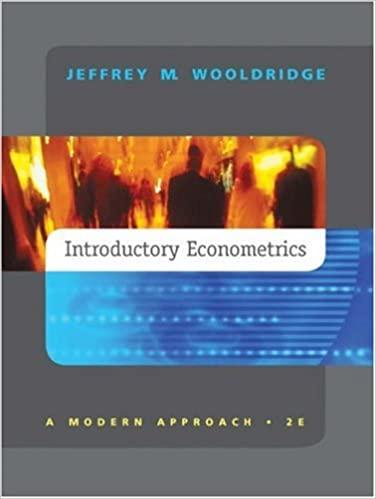Question
A utility company sold an issue of 6 percent bonds 5 years ago. Each bond has a face value (value at maturity) of $1000, which
A utility company sold an issue of 6 percent bonds 5 years ago. Each bond has a face value (value at maturity) of $1000, which is due in 13 years from now. The bond pays interest twice a year (3 percent per period). Because of market conditions, the bond can now be sold on the bond market for only $760. If a buyer wants his or her investment to earn 10 percent nominal rate per year, compounded semiannually, and must pay a brokerage charge of $20 to purchase each bond, should the buyer purchase the bond?
2(b) Five investment proposals are under consideration by a buyer. The buyer requires a minimum acceptable rate of return of 10%.
Proposal Investment($)Life (years) Salvage value, $ Net income/year ($) #130,000407,500 #260,000510,00013,755 #320,000405,000 #440,000510,00010,000 #530,00055,0007,500
(i) If these proposals are mutually exclusive, which proposal is preferred? (ii) How much should be invested if the proposals are independent and if unlimited capital is available? (iii) Which proposals should be selected if an investor wishes to allocate exactly $70,000 ofinvestment capital and if any funds not put into one or more of the proposals can be invested elsewhere at 10% (equal to MARR)?
Step by Step Solution
There are 3 Steps involved in it
Step: 1

Get Instant Access to Expert-Tailored Solutions
See step-by-step solutions with expert insights and AI powered tools for academic success
Step: 2

Step: 3

Ace Your Homework with AI
Get the answers you need in no time with our AI-driven, step-by-step assistance
Get Started


